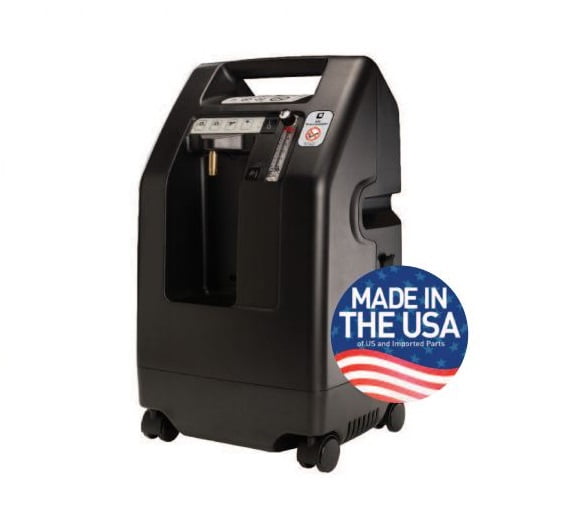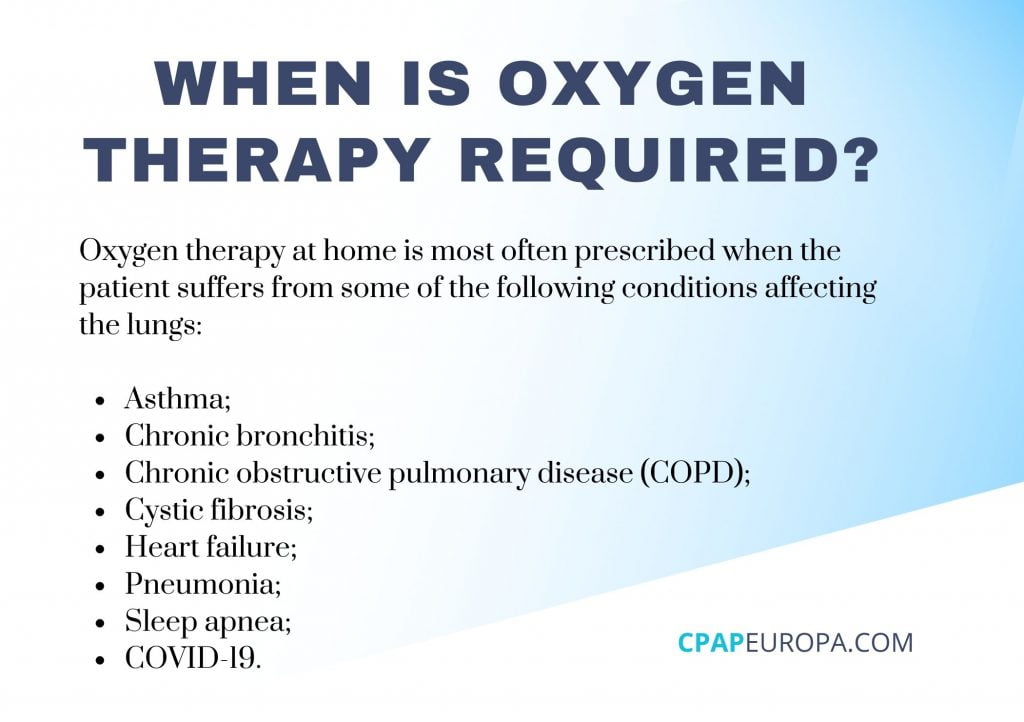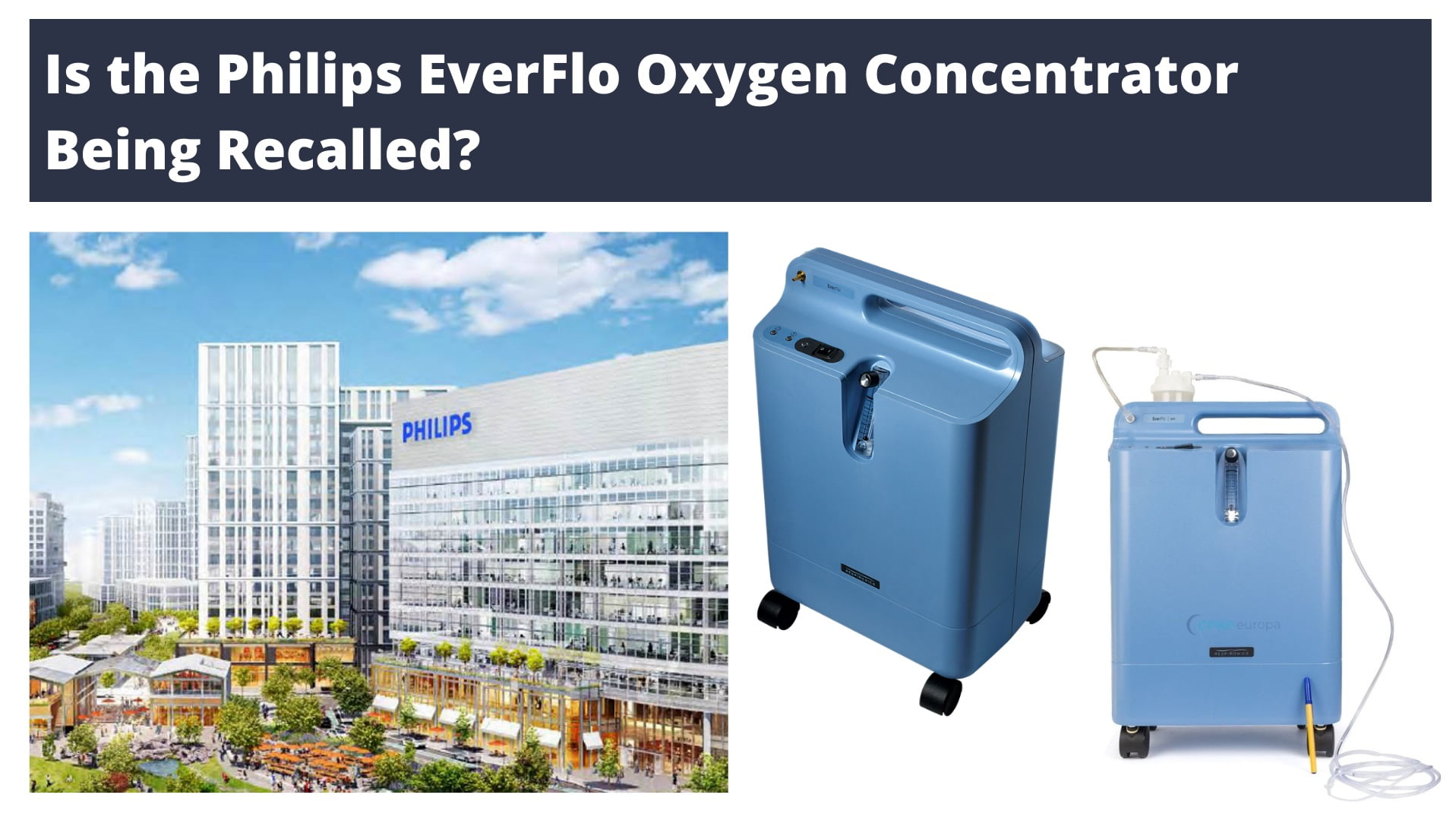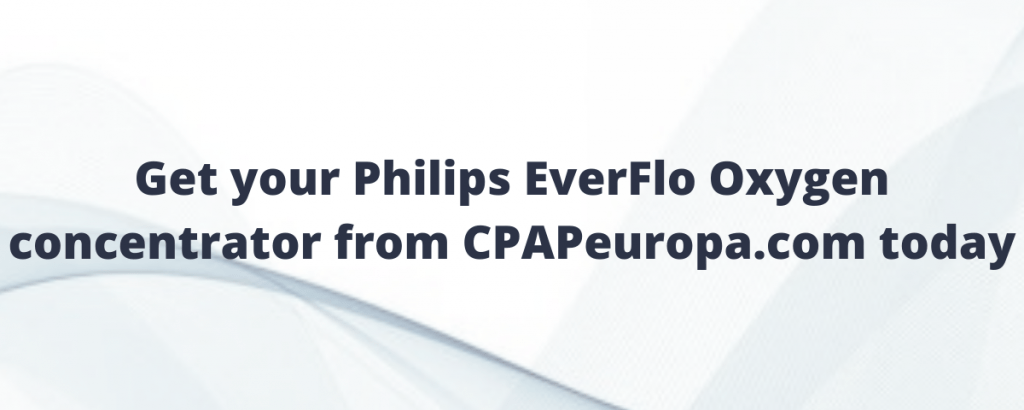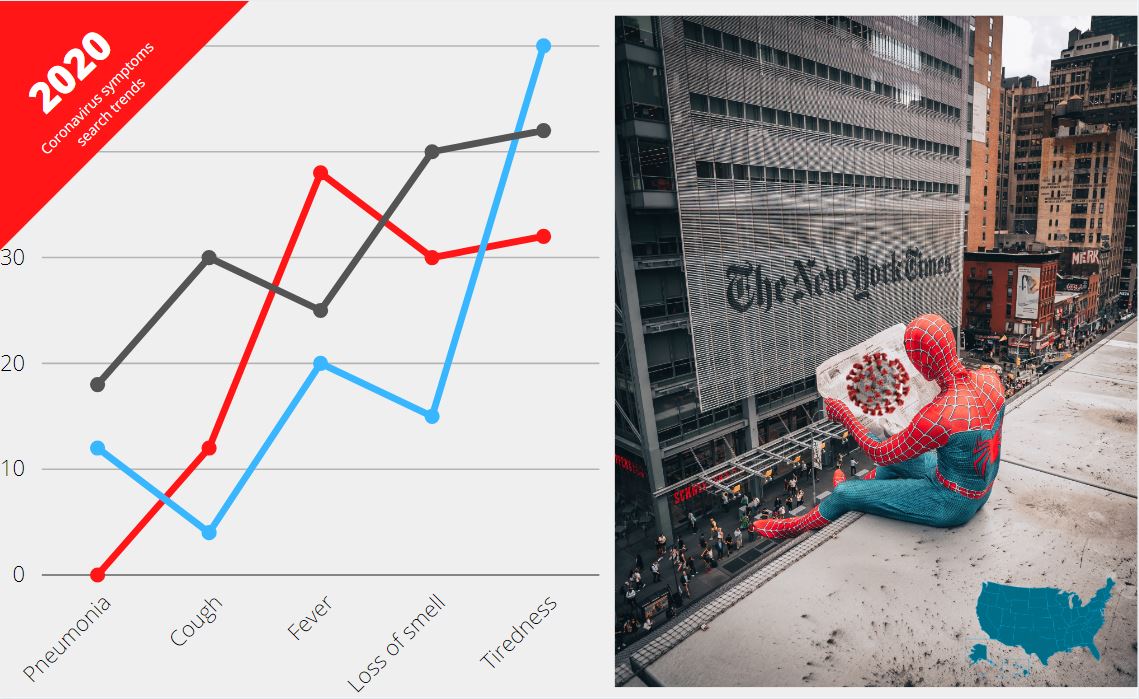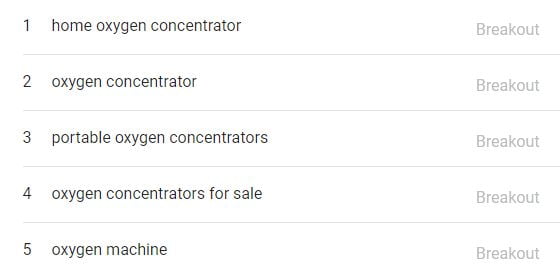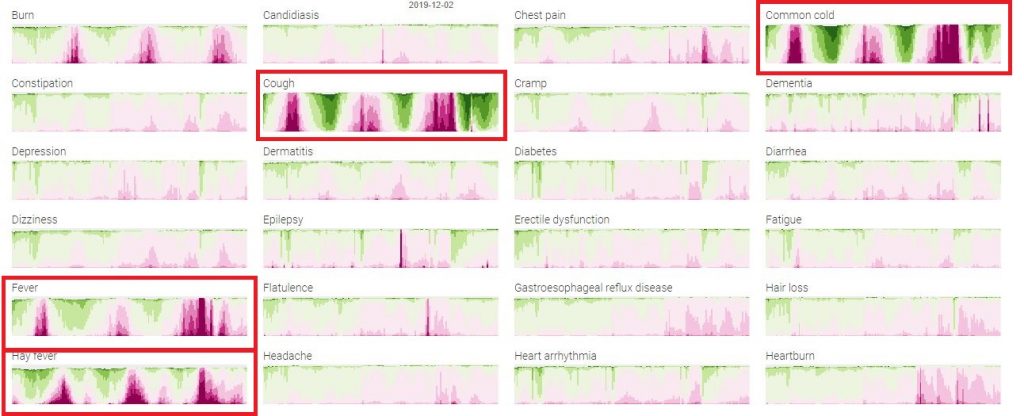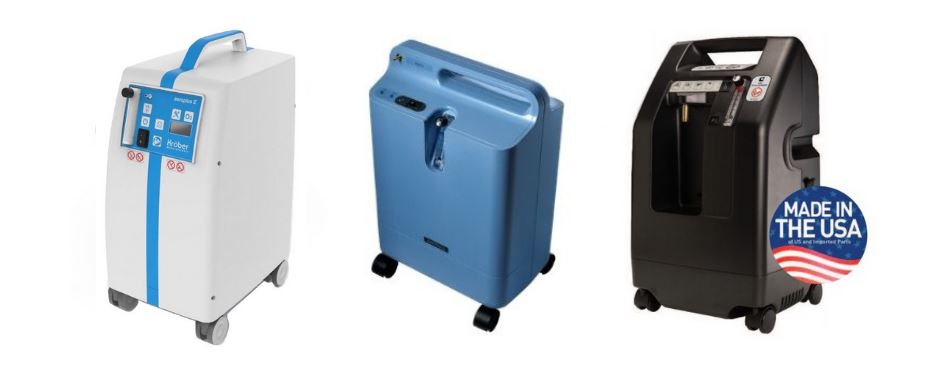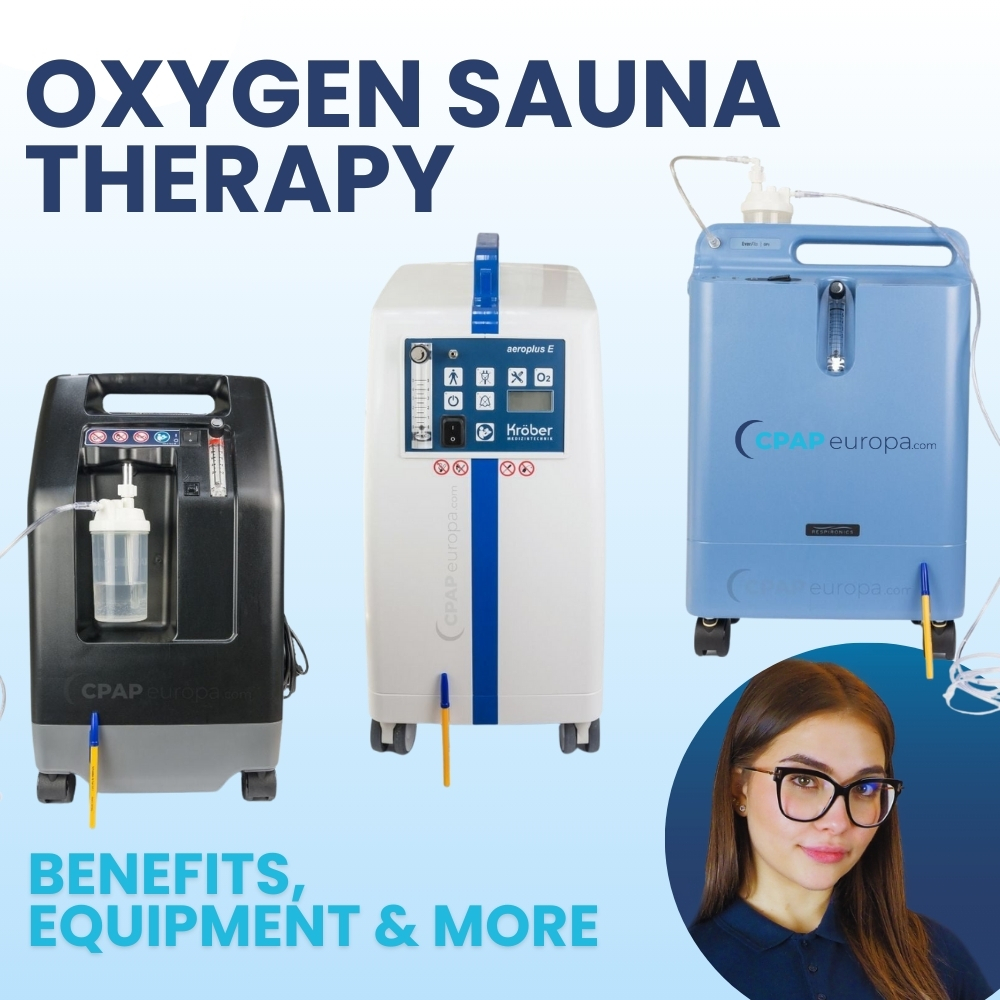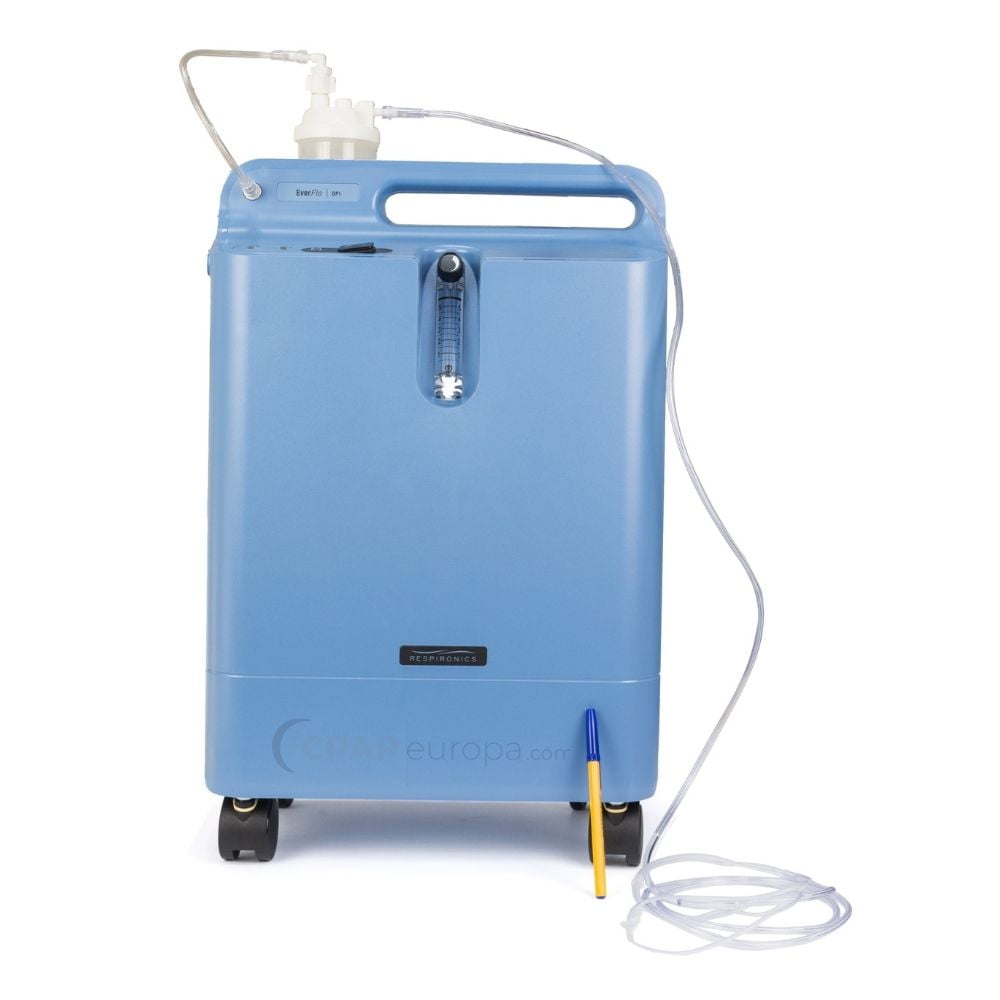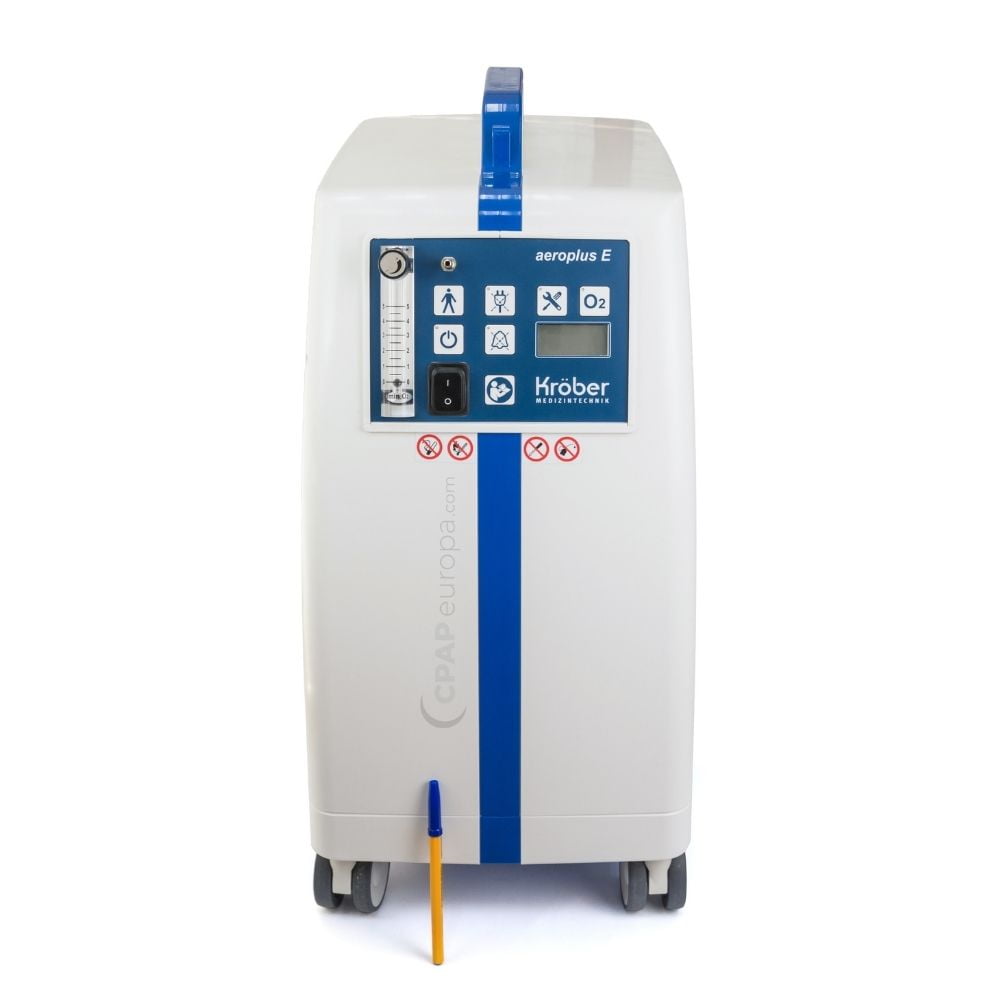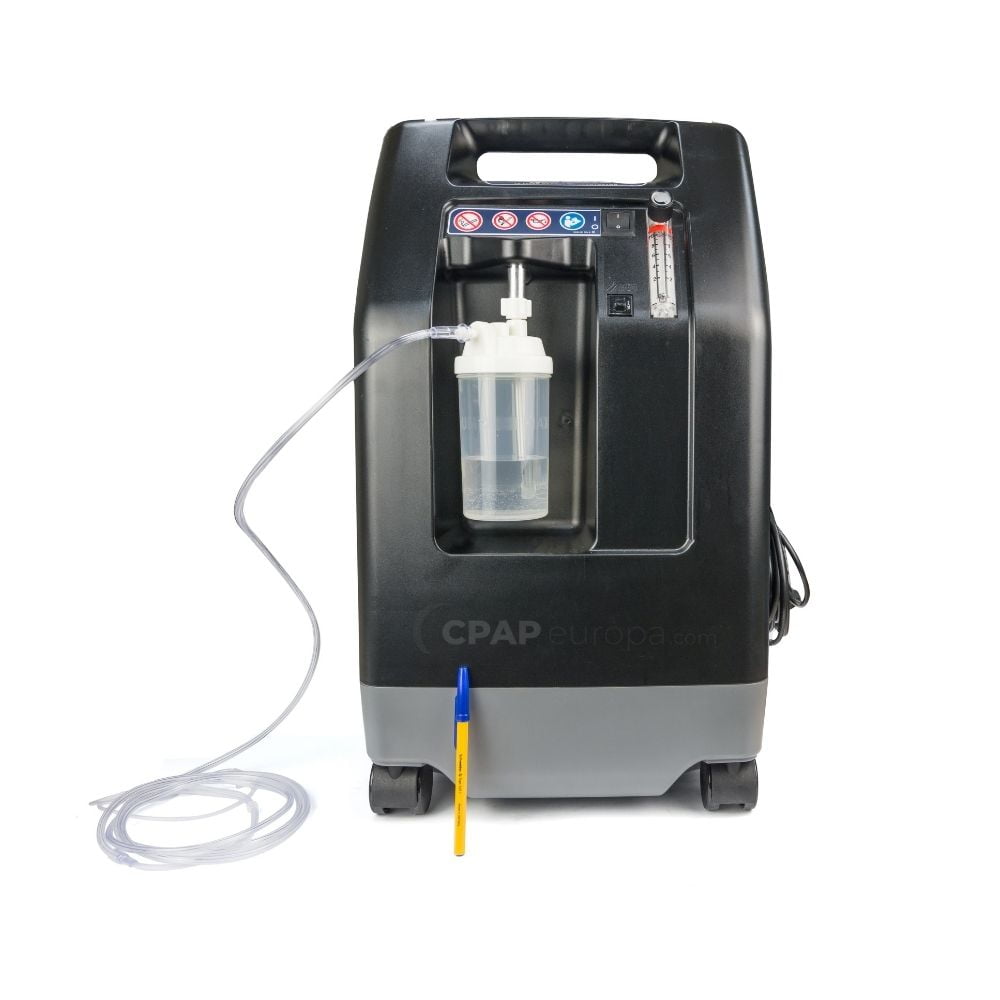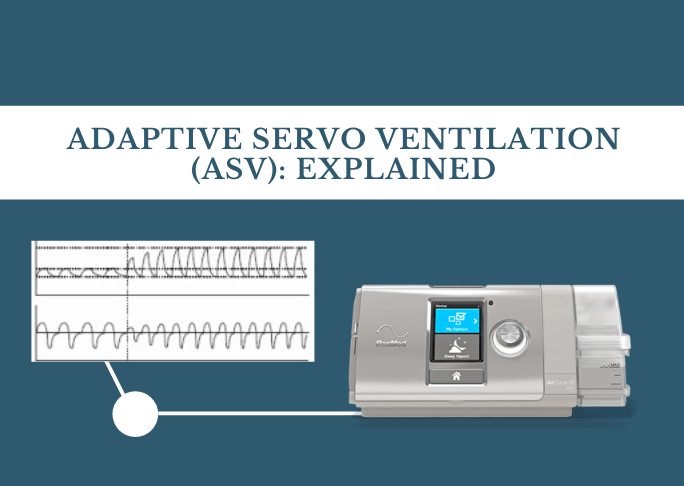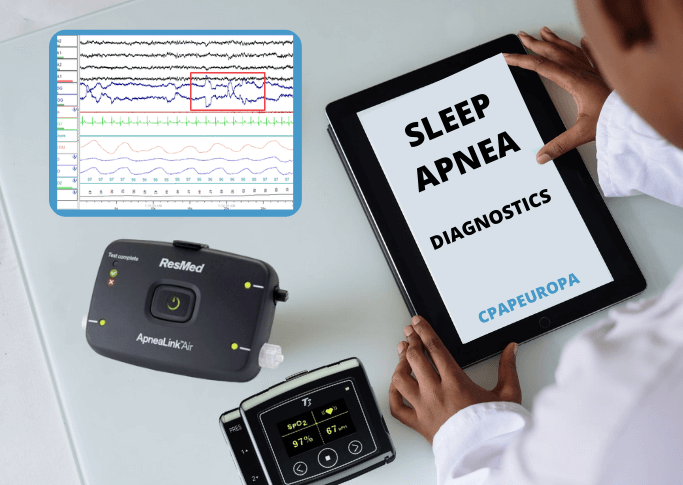
Oxygen Concentrators Indonesia – Oksigen Konsentrator Indonesia
Which are the best oxygen concentrators available for sale and shipping to Indonesia? Today we will review the most popular home oxygen machines in Indonesia, focusing on the highest rated European and American models available in the country. In addition, we will provide a brief list of their main features not forgetting to list their cons, too. In this short but complete guide we will help you find the best oxygen concentrator for your therapy needs and also give you options as to where to get one in Indonesia.
But first things first…
What is an Oxygen Concentrator and is it sold in Indonesia?
An oxygen concentrator (also called a home oxygen machine) is an electrically-operated medical device that produces pure oxygen when turned on. Oxygen concentrators are by design meant to provide oxygen to the patient at home or in a hospital setting, with different oxygen concentration and oxygen purity depending on the model.
Oxygen purity can vary in the range of 90%-95.9% for heavy-duty models, which is enough to provide enough oxygen levels to cover the needs of patients with sever respiratory conditions such as COPD and other serious respiratory conditions affecting the lungs.
The next important factor to consider when purchasing an oxygen concentrator the oxygen purity of the devices. The higher the purity, the better. Oxygen purity should also be delivered at high litres per minute (or LPM). The litres per minute signifies the total oxygen flow delivered to the patient by the machine. The litres per minute often vary in the range of 5 LPM to 10 LPM for heavy-duty models. Same with oxygen purity, the higher the litres, the better.
Oxygen concentrators are available for purchase and delivery to Indonesia at CPAPEUROPA.COM. We service the entire country and offer brand new medical-grade oxygen machines with the original manufacturer’s warranty and servicing.
Call us for help:
+4930 209 931 898 (English-language service)

What oxygen concentrator models are available on the Indonesian market?
There two main models of O2 devices available for purchase in Indonesia – portable and stationary. Portable, as their name suggests, are easily moveable units, light and compact, that can be taken anywhere with the patient (mostly used for traveling while on oxygen therapy). Stationary, on the other hand, are the more preferred choice by patients on oxygen therapy at home, as they are more powerful and deliver higher doses of oxygen (at higher concentration and purity).
Inogen Oxygen Concentrator – Portable
 Inogen makes compact, lightweight portable oxygen concentrators designed for active lifestyles and outdoor use. The devices comes with a lifetime warranty. Inogen portable concentrators are very expensive, which is why we do not recommend them for home users requiring therapy. Their prices start from IDR 68650000.
Inogen makes compact, lightweight portable oxygen concentrators designed for active lifestyles and outdoor use. The devices comes with a lifetime warranty. Inogen portable concentrators are very expensive, which is why we do not recommend them for home users requiring therapy. Their prices start from IDR 68650000.

Buy Portable Oxygen Concentrator Inogen One G3
2. Philips Respironics – Stationary
 The Respironics is hands down one of the most purchased units globally, being very popular both in Europe and the Americas. The EverFlo is the most purchased oxygen concentrator at CPAPEuropa and we deliver it to Indonesia, too.
The Respironics is hands down one of the most purchased units globally, being very popular both in Europe and the Americas. The EverFlo is the most purchased oxygen concentrator at CPAPEuropa and we deliver it to Indonesia, too.
The main pro of the Philips EverFlo is its reliability and light weight. Although the EverFlo is NOT a portable oxygen concentrator, it is so light and easy to move around, that it is often dubbed “portable”, although it is not. In addition to that, the EverFlo comes with a large number of pulse flow settings, POC’s features and quiet operation. As for its price, the Philips Respironics is available for purchase in Indonesia for IDR 16990631. And it is currently discounted at CPAPEUROPA.COM, which makes it a great deal.

Buy Philips Respironics EverFlo Stationary Oxygen Concentrator
3. Invacare – Invacare Perfecto2 V Oxygen Concentrator
 The main pros of the Invacare Perfecto2 V Oxygen Concentrator are its user-friendly interface and easy-to-operate control panel designed with the user in mind. The other popular feature of this home oxygen machine is its relatively easy access to the humidifier and filter. What’s more, the Perfecto 2 boasts relatively low noise levels (just like the Philips Respironics and the Krober O2 model). This means that you can receive oxygen during sleep without being disturbed by the machine’s hum. The Perfecto 2 is relatively easy to move around in the room due to its convenient top handle. The devices features pulse- and a proprietary Sensi-Pulse technology.
The main pros of the Invacare Perfecto2 V Oxygen Concentrator are its user-friendly interface and easy-to-operate control panel designed with the user in mind. The other popular feature of this home oxygen machine is its relatively easy access to the humidifier and filter. What’s more, the Perfecto 2 boasts relatively low noise levels (just like the Philips Respironics and the Krober O2 model). This means that you can receive oxygen during sleep without being disturbed by the machine’s hum. The Perfecto 2 is relatively easy to move around in the room due to its convenient top handle. The devices features pulse- and a proprietary Sensi-Pulse technology.

Buy Invacare Perfecto2 V Oxygen Concentrator
4. GCE Zen-O
 The Zen-O Lite is arguably one of the best portable oxygen concentrator on the market. This ultra-light portable device from GCE Healthcare is remarkably lightweight, quiet and compact. It is designed to help active patients on long term oxygen therapy in Indonesia. In fact, Zen-O-Lite is so small and quiet that some patients often forget it’s by their side. If you’re looking for a travel oxygen concentrator that delivers supplemental oxygen on the fly, then Zen-O-Lite is the best choice to stay active and independent. Among the other premium features of the Zen-O Lite O2 machine are its automatic adjustments, the Rate Responsive Therapy mode and its extra long battery life. What’s more, this machine is designed for use both inside and outside the home.
The Zen-O Lite is arguably one of the best portable oxygen concentrator on the market. This ultra-light portable device from GCE Healthcare is remarkably lightweight, quiet and compact. It is designed to help active patients on long term oxygen therapy in Indonesia. In fact, Zen-O-Lite is so small and quiet that some patients often forget it’s by their side. If you’re looking for a travel oxygen concentrator that delivers supplemental oxygen on the fly, then Zen-O-Lite is the best choice to stay active and independent. Among the other premium features of the Zen-O Lite O2 machine are its automatic adjustments, the Rate Responsive Therapy mode and its extra long battery life. What’s more, this machine is designed for use both inside and outside the home.

Buy GCE Zen-O Lite Portable Oxygen Concentrator
5. Krober Aeroplus and Krober O2
 Hands down the best German-made oxygen concentrators for sale in Indonesia are the Krober models Aeroplus E and Krober O2. These two European best-sellers have been dominating the European market for decades now, satisfying the needs of millions of home O2 users across the continent. The German brand Krober offers something most other brands do not: reliability at affordable prices. The models offer 5 LMP (Krober O2) and 6 LPM (Aeroplus), satisfying the needs of the vast majority of oxygen therapy patients around the globe. CPAPEUROPA is an official distributor of Krober and supplies Indonesia and the Philipines on a daily basis.
Hands down the best German-made oxygen concentrators for sale in Indonesia are the Krober models Aeroplus E and Krober O2. These two European best-sellers have been dominating the European market for decades now, satisfying the needs of millions of home O2 users across the continent. The German brand Krober offers something most other brands do not: reliability at affordable prices. The models offer 5 LMP (Krober O2) and 6 LPM (Aeroplus), satisfying the needs of the vast majority of oxygen therapy patients around the globe. CPAPEUROPA is an official distributor of Krober and supplies Indonesia and the Philipines on a daily basis.

Buy Aeroplus Oxygen Concentrator
Buy Krober O2 Oxygen Concentrator
6. DeVilbiss
 Hands down the best oxygen concentrators come from the American brand DeVilbiss. Also available for shipping to Indonesia, the DeVilbiss 525 and 1025 models bring perfection to another level. Offering two ready to satisfy even the most demanding patient — 5 LPM and 10 LPM respectively — the Drive DeVilbiss oxygen concentrators offer the full package. These compact oxygen concentrators are designed to meet and exceed the high demands of patients on oxygen therapy. Compact and affordable, the Devilbiss 525 delivers up to 5 litres of oxygen per minute across all flow rates, and has become popular in the USA for its high-quality construction, eco-friendly design and overall reliability. The DeVilbiss 1025 on the other hand is a full-blown 10 LPM beast ready to deliver up to 10L per minute while being as compact as the 5 LPM version. This O2 machine is built extra lightweight (weighing only 19kgs) and is one of the most compact oxygen concentrators currently on the market, capable of delivering high volume oxygen.
Hands down the best oxygen concentrators come from the American brand DeVilbiss. Also available for shipping to Indonesia, the DeVilbiss 525 and 1025 models bring perfection to another level. Offering two ready to satisfy even the most demanding patient — 5 LPM and 10 LPM respectively — the Drive DeVilbiss oxygen concentrators offer the full package. These compact oxygen concentrators are designed to meet and exceed the high demands of patients on oxygen therapy. Compact and affordable, the Devilbiss 525 delivers up to 5 litres of oxygen per minute across all flow rates, and has become popular in the USA for its high-quality construction, eco-friendly design and overall reliability. The DeVilbiss 1025 on the other hand is a full-blown 10 LPM beast ready to deliver up to 10L per minute while being as compact as the 5 LPM version. This O2 machine is built extra lightweight (weighing only 19kgs) and is one of the most compact oxygen concentrators currently on the market, capable of delivering high volume oxygen.
 Buy DeVilbiss Oxygen Concentrator
Buy DeVilbiss Oxygen Concentrator
How to choose the right concentrator for your needs?
The first deciding thing you need to take into account is the prescribed litres per minute. If your doctor has prescribed a 5 LMP concentrator, then you can easily go with a Philips Respironics, a DeVilbiss 525 or a Krober model. However, if your prescription stipulates a higher dosage, then your should seek a 5LPM+ unit like the DeVilbiss 1025, which will provide the required flow.
Pro tip: Do not buy for cheap Chinese-made concentrators that can provide only low doses of oxygen (under 5 LPM), as these are highly inefficient and not worth the investment! Not to mention that they malfunction often and spare parts are often not available due to their ‘unique’ but cheap build.
If you are considering traveling along with your O2 machine, then go for a portable model and pair it with a reliable pulse oximeter to check your blood oxygen levels (saturation) on the go. Be sure to purchase extra batteries if you’re planning on traveling away from home for long period of time without discontinuing your oxygen therapy in Indonesia.
What is a pulse flow concentrator?
Pulse flow concentrators are also called intermittent flow concentrators and can be set to adjust the rise time and how quickly or slowly the pulse oxygen is delivered to match the patient’s breathing pattern. Pulse-flow devices only provide oxygen during inhalation, producing nothing during exhalation. Ergo, pulse-dose-delivery models do not waste oxygen while operating.
What is a continuous flow concentrator?
Unlike pulse flow concentrators, continuous flow models deliver oxygen continuously in litres per minute. The decision which model to get — whether a pulse-flow one or a continuous-flow model — depends on your doctor and your prescription. For most patients with COPD, for example, pulse flow models (intermittent flow machines) will meet the supplemental oxygen needs of most patients, so there will be no need to purchase a continuous flow machine in Indonesia.
What are the main benefits of stationary concentrators over portable units?
First and foremost, stationary units are much more powerful than portable oxygen concentrators. They are ready for use right out of the box and do not require accessories such as carry bags or spare batteries. In that sense, stationary models are plug-and-play devices ready to cover any patient’s need, especially the ones requiring high dosage of oxygen per minute. No portable concentrator can deliver 10 LPM like the DeVilbiss does. Plus, portable concentrators are much more expensive in Indonesia and elsewhere than stationary O2 machines.
For pricing information for bulk orders, call +4930 209 931 898 or get started with shopping online.

Do you need a prescription to buy a stationary oxygen concentrator for Indonesia?
Supplemental oxygen is categorized as medical treatment that is prescribed by a doctor. Your doctor in Indonesia will prescribe the oxygen flow rate and the length of time you must use the oxygen machine.
Can I take my oxygen concentrator on an airplane?
If it is a portable unit, yes. The Basis of Disability in Air Travel stipulates that air carriers must allow passengers with portable oxygen concentrators on board as long as the device has been FAA-approved on flights. The Inogen G3 listed in this guide is one of them. Stationary concentrators, due to their weight and bulk, are NOT allowed on airplanes.
Are oxygen concentrators delivered to Indonesia?
Yes, in light of the current COVID-19 pandemic in Indonesia, CPAPEuropa has increased it oxygen supply stock and delivers to the following Indonesian counties:
- Aceh
- Bali
- Bangka Belitung Islands
- Banten
- Bengkulu
- Central Java
- Central Kalimantan
- Central Sulawesi
- East Java
- East Kalimantan
- East Nusa Tenggara
- Gorontalo
- Special Capital Region of Jakarta
- Jambi
- Lampung
- Maluku
- North Kalimantan
- North Maluku
- North Sulawesi
- North Sumatra
- Papua
- Riau
- Riau Islands
- Southeast Sulawesi
- South Kalimantan
- South Sulawesi
- South Sumatra
- West Java
- West Kalimantan
- West Nusa Tenggara
- West Papua
- West Sulawesi
- West Sumatra
- Special Region of Yogyakarta
In addition to Indonesia, CPAPEuropa delivers oxygen concentrators to Philipines. For more information, please give us a call at +4930 209 931 898.
References:
1. Government of Indonesia. web. https://www.epid.gov.lk/web/images/pdf/Circulars/Corona_virus/covid-19_cpg_version_5.pdf
2. Situation Update: Response to COVID-19 in Indonesia (As of 4 June 2021) [EN/ID]. https://reliefweb.int/report/indonesia/situation-update-response-covid-19-indonesia-4-june-2021-enid
3. Dokumen Resmi dan Protokol Penanganan COVID-19. https://kemkes.go.id/article/view/20031700001/Dokumen-Resmi-dan-Protokol-Penanganan-COVID-19.html
Tags: oxygen concentrators indonesia, Oksigen Konsentrator Indonesia

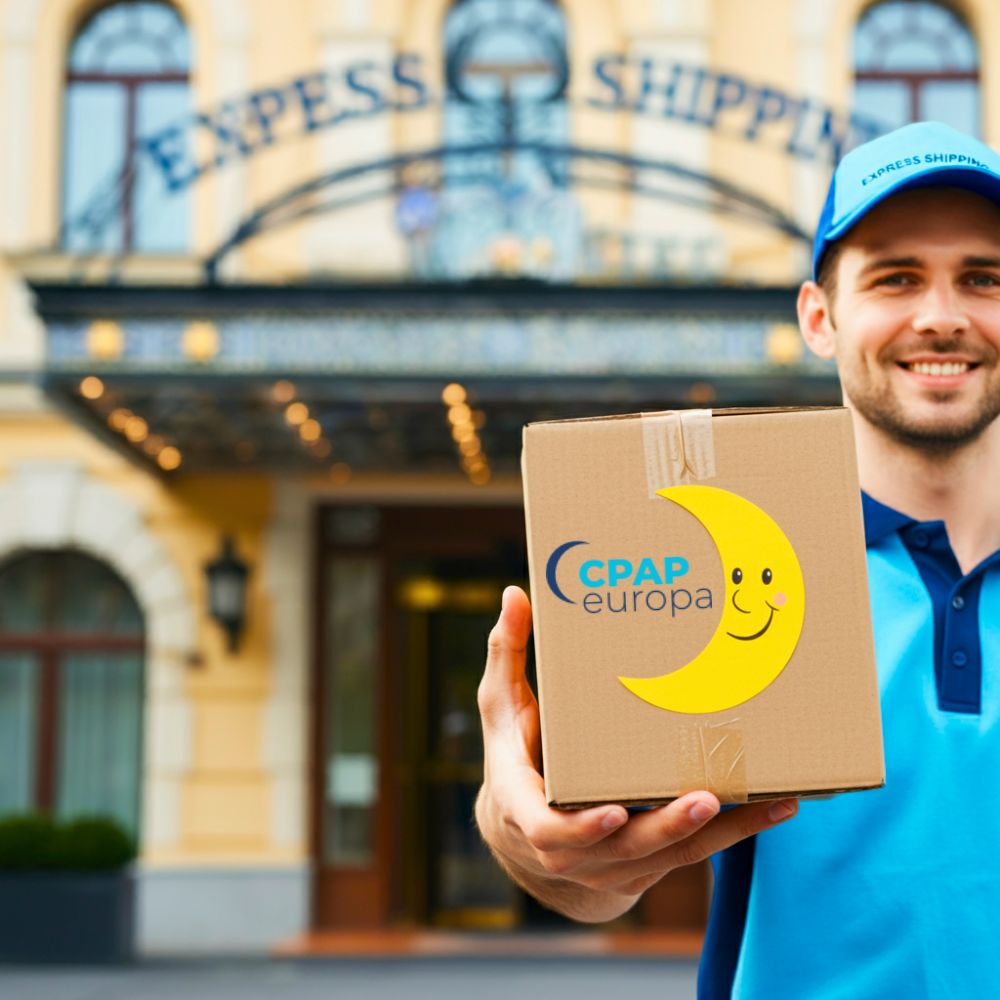
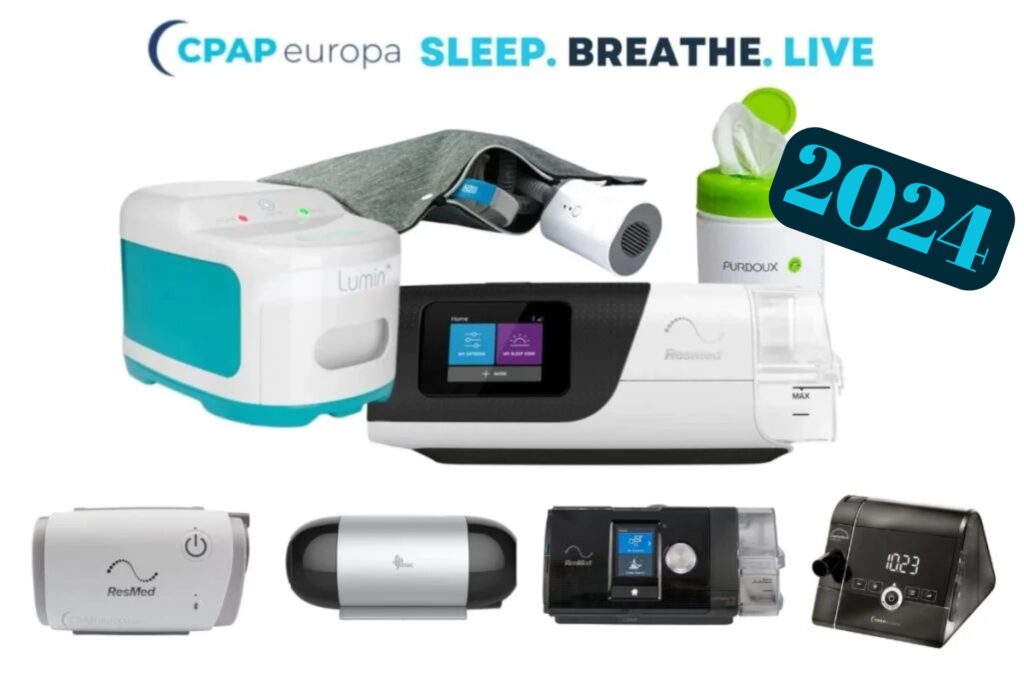
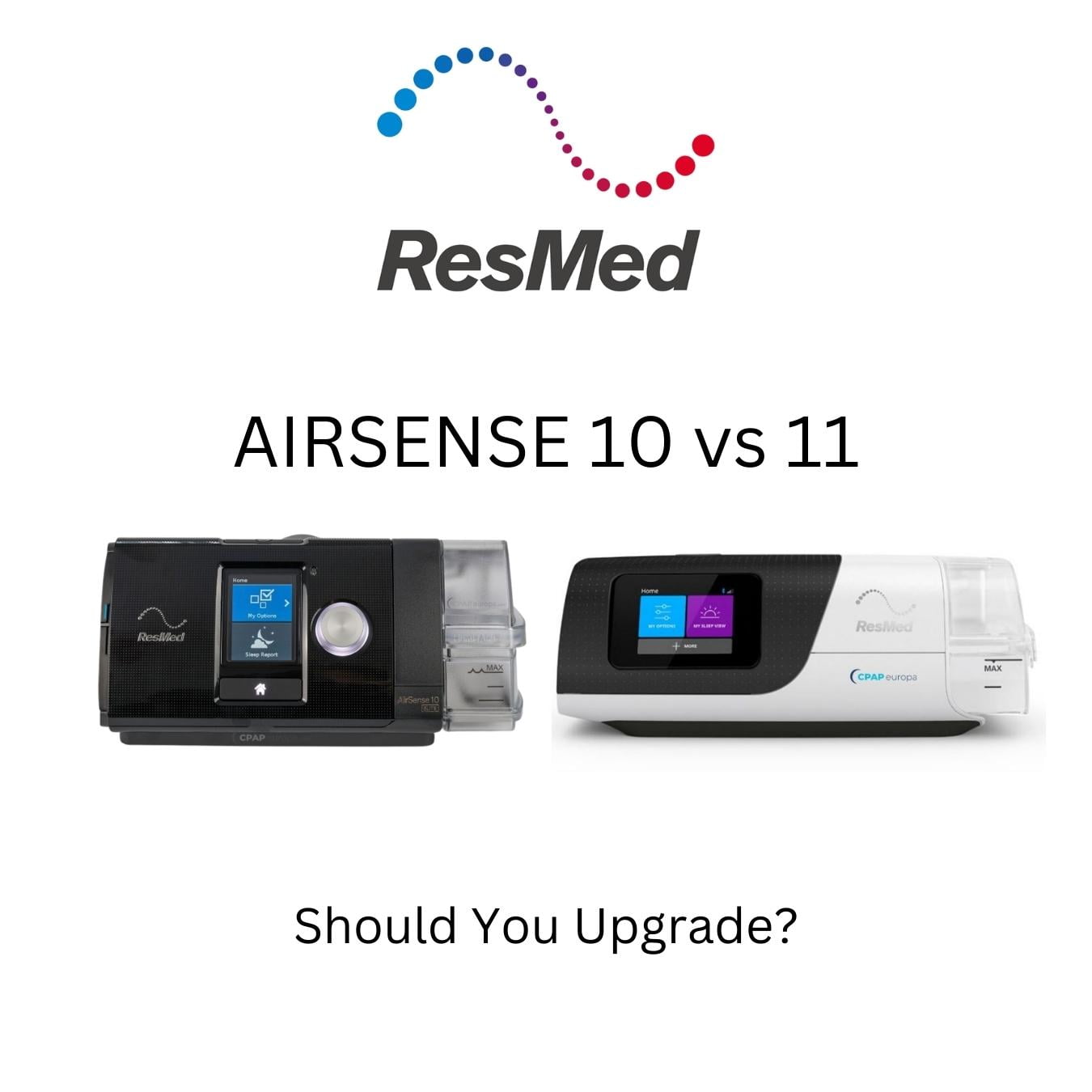
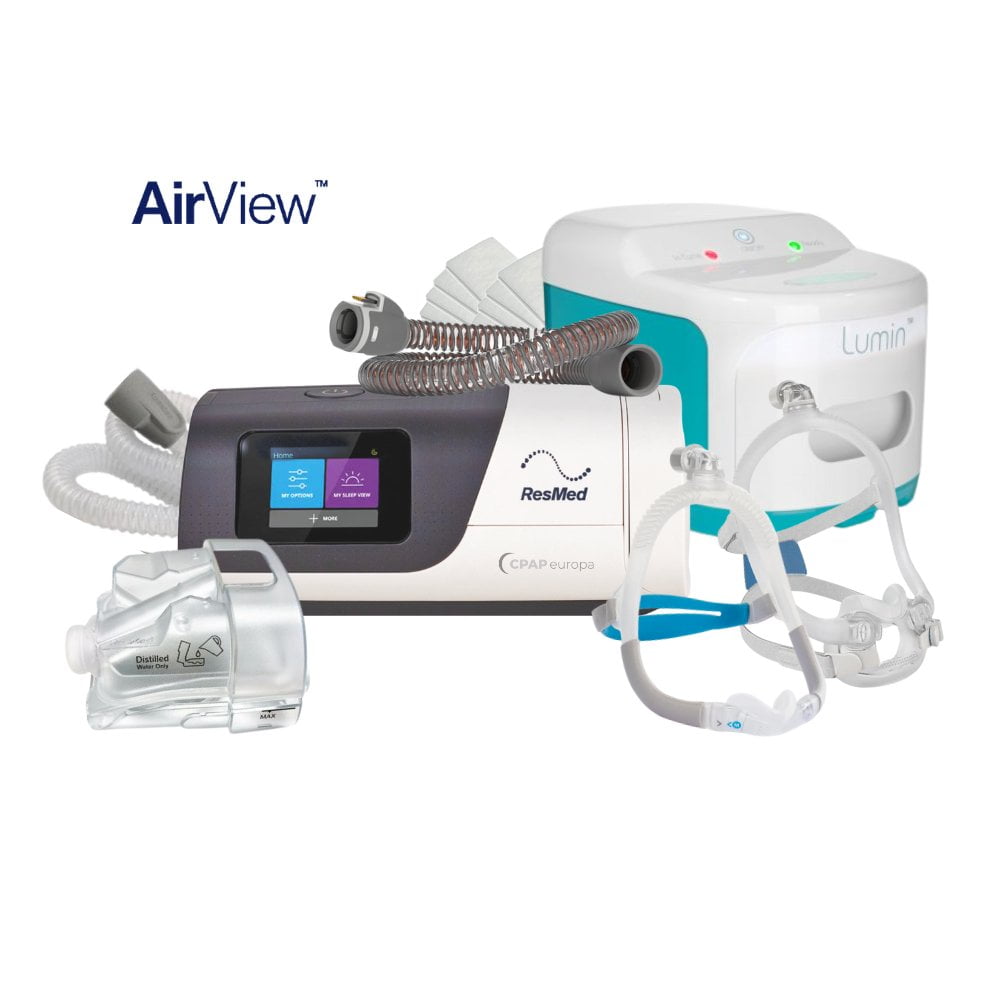
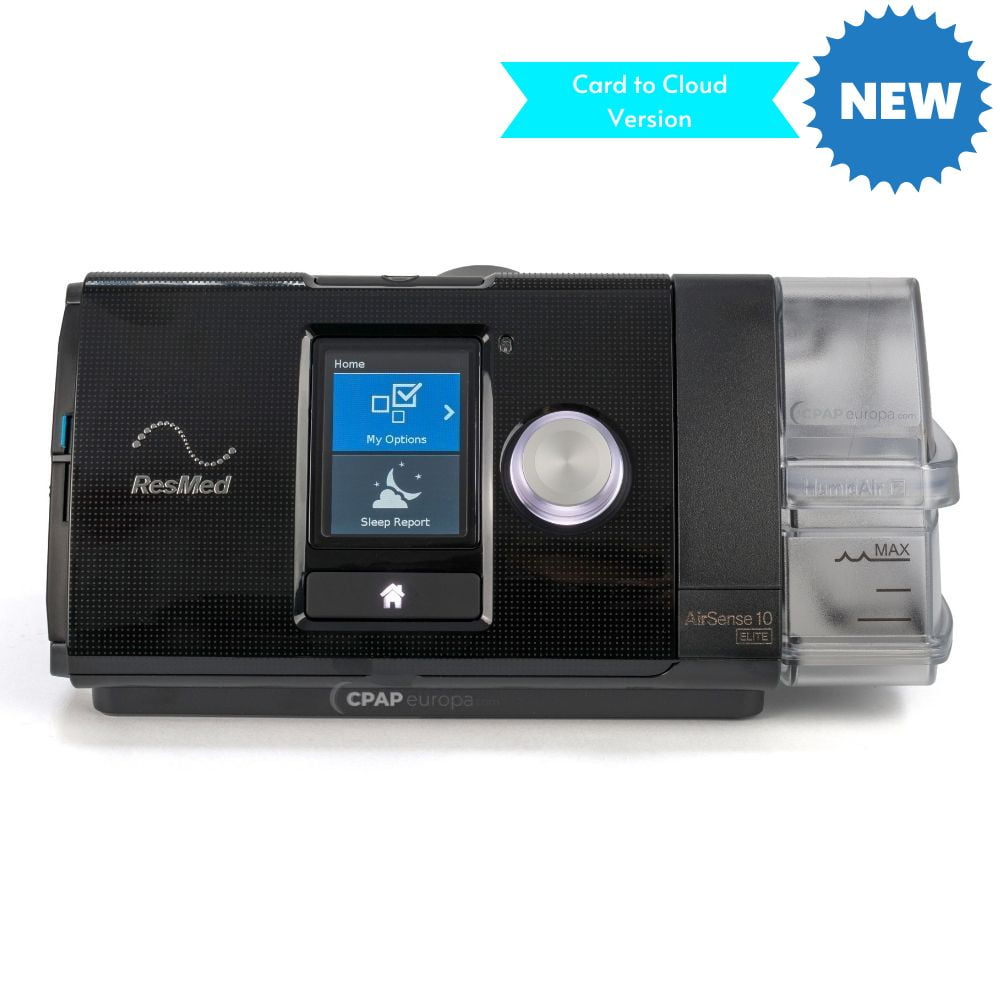
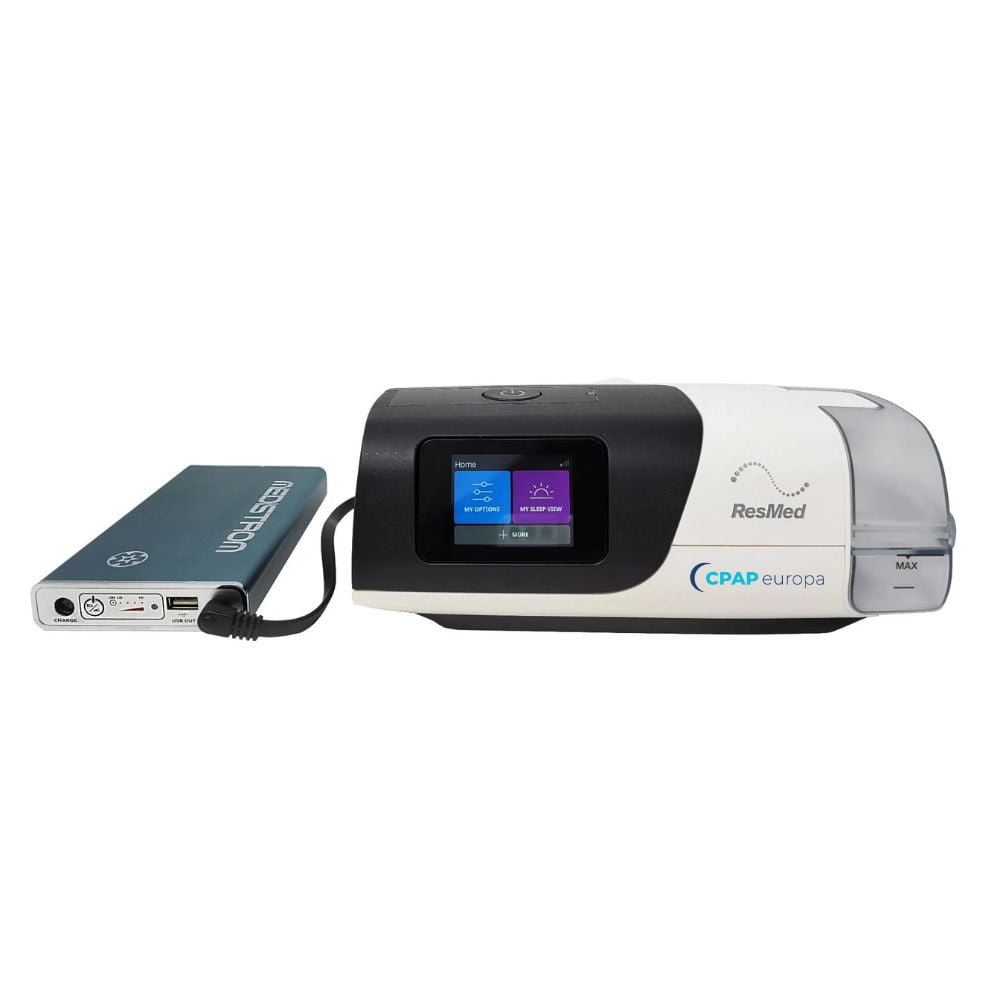
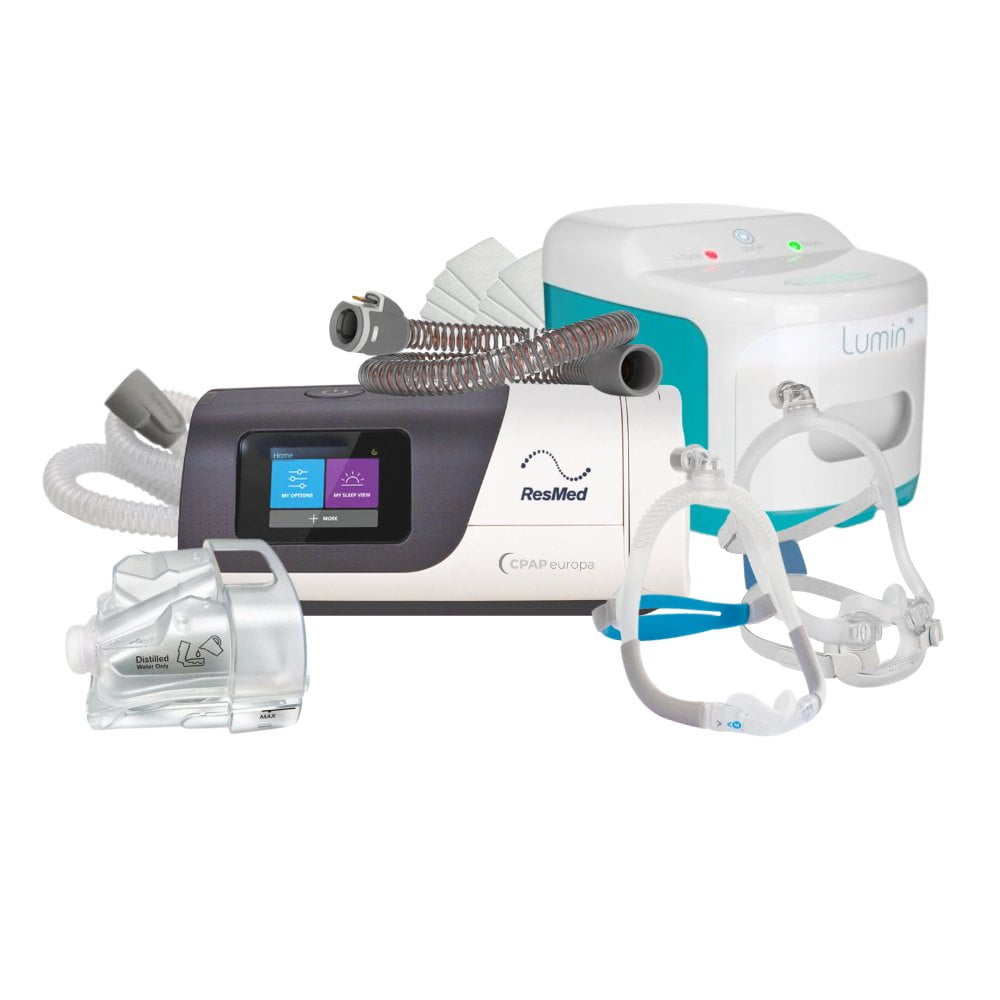

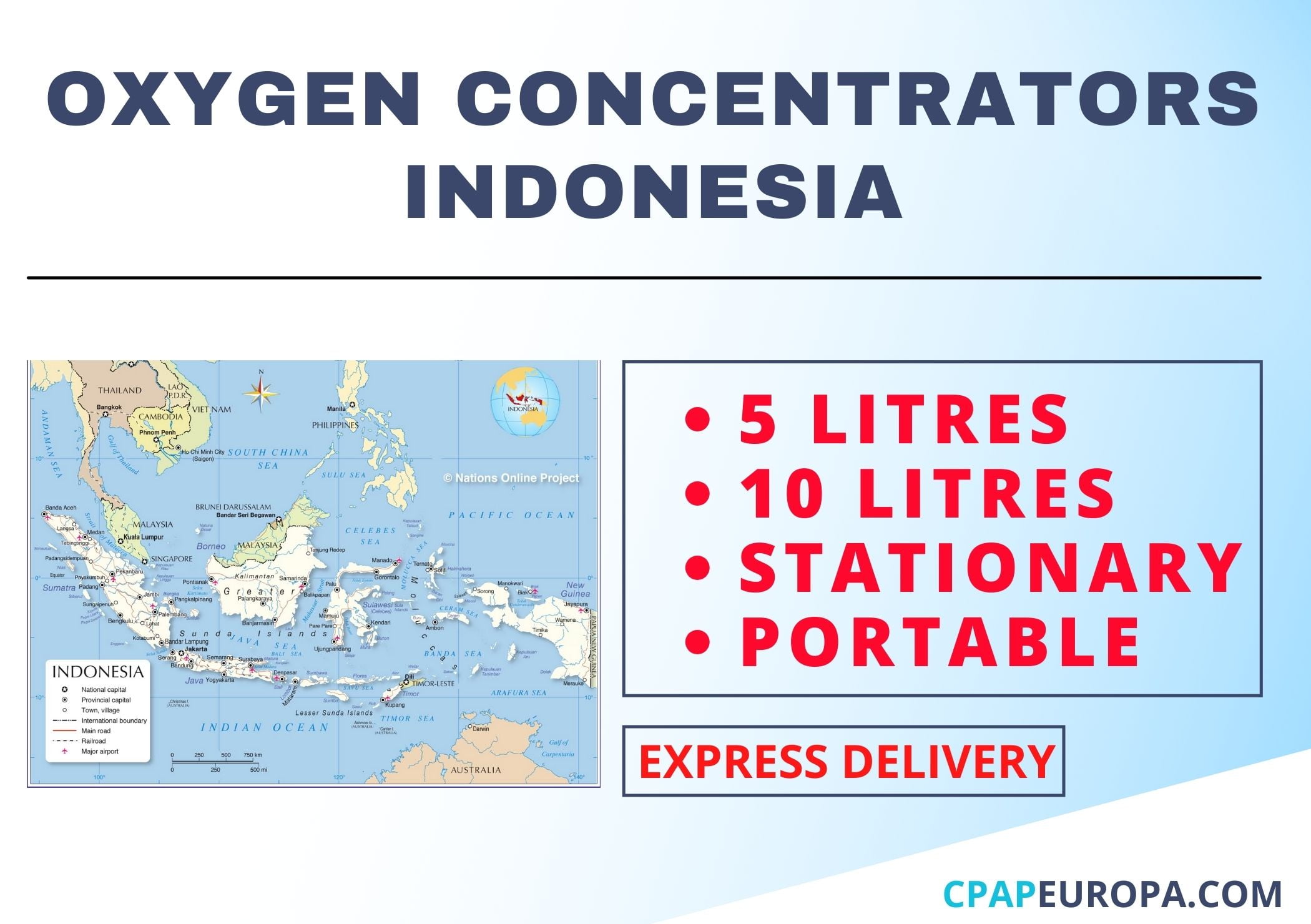

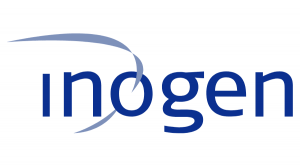 Inogen makes compact, lightweight portable oxygen concentrators designed for active lifestyles and outdoor use. The devices comes with a lifetime warranty. Inogen portable concentrators are very expensive, which is why we do not recommend them for home users requiring therapy. Their prices start from IDR 68650000.
Inogen makes compact, lightweight portable oxygen concentrators designed for active lifestyles and outdoor use. The devices comes with a lifetime warranty. Inogen portable concentrators are very expensive, which is why we do not recommend them for home users requiring therapy. Their prices start from IDR 68650000.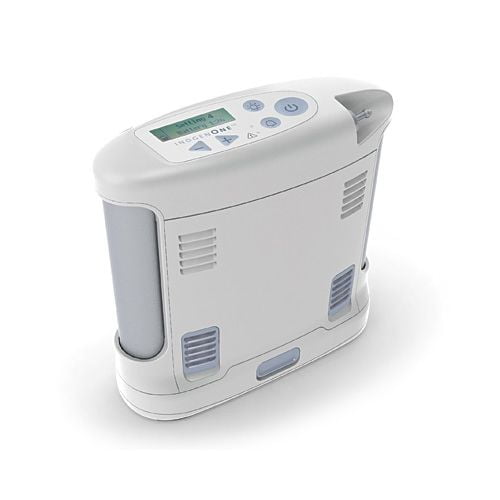
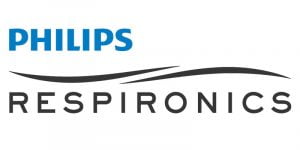 The Respironics is hands down one of the most purchased units globally, being very popular both in Europe and the Americas. The
The Respironics is hands down one of the most purchased units globally, being very popular both in Europe and the Americas. The 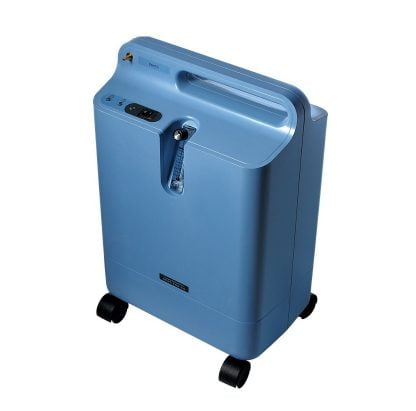
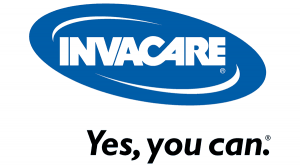 The main pros of the Invacare Perfecto2 V Oxygen Concentrator are its user-friendly interface and easy-to-operate control panel designed with the user in mind. The other popular feature of this home oxygen machine is its relatively easy access to the humidifier and filter. What’s more, the Perfecto 2 boasts relatively low noise levels (just like the Philips Respironics and the Krober O2 model). This means that you can receive oxygen during sleep without being disturbed by the machine’s hum. The Perfecto 2 is relatively easy to move around in the room due to its convenient top handle. The devices features pulse- and a proprietary Sensi-Pulse technology.
The main pros of the Invacare Perfecto2 V Oxygen Concentrator are its user-friendly interface and easy-to-operate control panel designed with the user in mind. The other popular feature of this home oxygen machine is its relatively easy access to the humidifier and filter. What’s more, the Perfecto 2 boasts relatively low noise levels (just like the Philips Respironics and the Krober O2 model). This means that you can receive oxygen during sleep without being disturbed by the machine’s hum. The Perfecto 2 is relatively easy to move around in the room due to its convenient top handle. The devices features pulse- and a proprietary Sensi-Pulse technology.
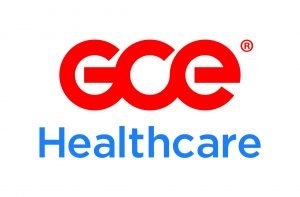 The Zen-O Lite is arguably one of the best portable oxygen concentrator on the market. This ultra-light portable device from GCE Healthcare is remarkably lightweight, quiet and compact. It is designed to help active patients on long term oxygen therapy in Indonesia. In fact, Zen-O-Lite is so small and quiet that some patients often forget it’s by their side. If you’re looking for a travel oxygen concentrator that delivers supplemental oxygen on the fly, then Zen-O-Lite is the best choice to stay active and independent. Among the other premium features of the Zen-O Lite O2 machine are its automatic adjustments, the Rate Responsive Therapy mode and its extra long battery life. What’s more, this machine is designed for use both inside and outside the home.
The Zen-O Lite is arguably one of the best portable oxygen concentrator on the market. This ultra-light portable device from GCE Healthcare is remarkably lightweight, quiet and compact. It is designed to help active patients on long term oxygen therapy in Indonesia. In fact, Zen-O-Lite is so small and quiet that some patients often forget it’s by their side. If you’re looking for a travel oxygen concentrator that delivers supplemental oxygen on the fly, then Zen-O-Lite is the best choice to stay active and independent. Among the other premium features of the Zen-O Lite O2 machine are its automatic adjustments, the Rate Responsive Therapy mode and its extra long battery life. What’s more, this machine is designed for use both inside and outside the home.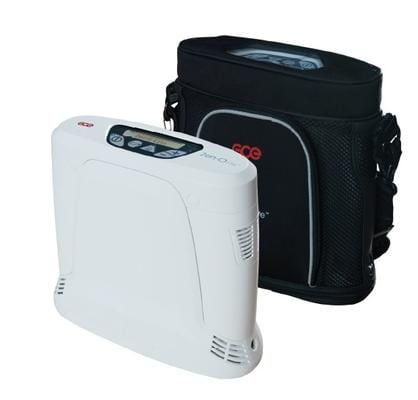
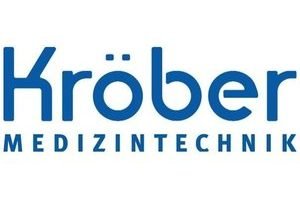 Hands down the best German-made oxygen concentrators for sale in Indonesia are the Krober models Aeroplus E and Krober O2. These two European best-sellers have been dominating the European market for decades now, satisfying the needs of millions of home O2 users across the continent. The German brand Krober offers something most other brands do not: reliability at affordable prices. The models offer 5 LMP (Krober O2) and 6 LPM (Aeroplus), satisfying the needs of the vast majority of oxygen therapy patients around the globe. CPAPEUROPA is an official distributor of Krober and supplies Indonesia and the Philipines on a daily basis.
Hands down the best German-made oxygen concentrators for sale in Indonesia are the Krober models Aeroplus E and Krober O2. These two European best-sellers have been dominating the European market for decades now, satisfying the needs of millions of home O2 users across the continent. The German brand Krober offers something most other brands do not: reliability at affordable prices. The models offer 5 LMP (Krober O2) and 6 LPM (Aeroplus), satisfying the needs of the vast majority of oxygen therapy patients around the globe. CPAPEUROPA is an official distributor of Krober and supplies Indonesia and the Philipines on a daily basis.
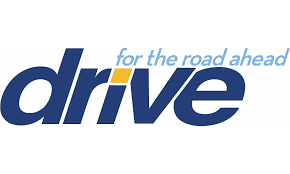 Hands down the best oxygen concentrators come from the American brand DeVilbiss. Also available for shipping to Indonesia, the DeVilbiss 525 and 1025 models bring perfection to another level. Offering two ready to satisfy even the most demanding patient — 5 LPM and 10 LPM respectively — the Drive DeVilbiss oxygen concentrators offer the full package. These compact oxygen concentrators are designed to meet and exceed the high demands of patients on oxygen therapy. Compact and affordable, the Devilbiss 525 delivers up to 5 litres of oxygen per minute across all flow rates, and has become popular in the USA for its high-quality construction, eco-friendly design and overall reliability. The DeVilbiss 1025 on the other hand is a full-blown 10 LPM beast ready to deliver up to 10L per minute while being as compact as the 5 LPM version. This O2 machine is built extra lightweight (weighing only 19kgs) and is one of the most compact oxygen concentrators currently on the market, capable of delivering high volume oxygen.
Hands down the best oxygen concentrators come from the American brand DeVilbiss. Also available for shipping to Indonesia, the DeVilbiss 525 and 1025 models bring perfection to another level. Offering two ready to satisfy even the most demanding patient — 5 LPM and 10 LPM respectively — the Drive DeVilbiss oxygen concentrators offer the full package. These compact oxygen concentrators are designed to meet and exceed the high demands of patients on oxygen therapy. Compact and affordable, the Devilbiss 525 delivers up to 5 litres of oxygen per minute across all flow rates, and has become popular in the USA for its high-quality construction, eco-friendly design and overall reliability. The DeVilbiss 1025 on the other hand is a full-blown 10 LPM beast ready to deliver up to 10L per minute while being as compact as the 5 LPM version. This O2 machine is built extra lightweight (weighing only 19kgs) and is one of the most compact oxygen concentrators currently on the market, capable of delivering high volume oxygen.